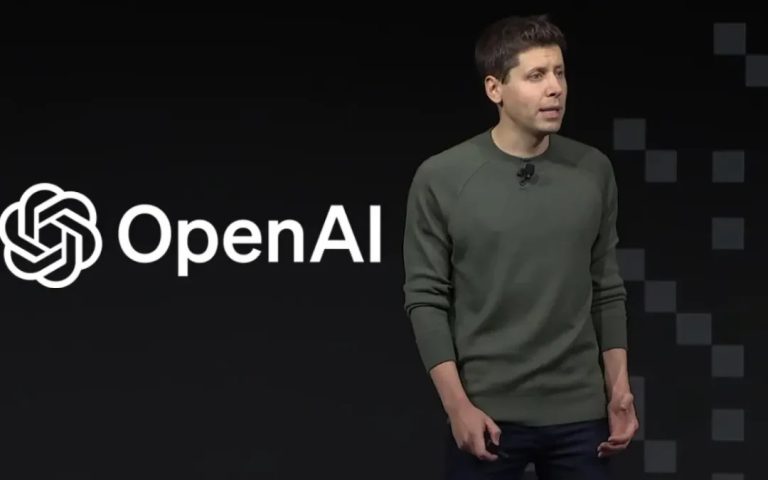
OpenAI is reportedly developing a social network similar to X, featuring a prototype with a social feed centered on ChatGPT’s image generation capabilities. The project is in early stages, and it’s unclear whether it will launch as a standalone app or be integrated into ChatGPT, which was the most downloaded app globally last month. CEO Sam Altman has been seeking external feedback on the initiative.
The move could provide OpenAI with real-time user data for AI training, mirroring how X powers Grok and Meta leverages user data for Llama. This development may intensify competition with Elon Musk’s X and Meta’s platforms, escalating tensions between Altman and Musk, who have a history of rivalry, including a rejected $97.4 billion bid by Musk to acquire OpenAI in February 2025.
The development of an X-like social network by OpenAI carries several implications. It intensifies competition with X and Meta, challenging their dominance in social media. OpenAI’s entry could fragment the market, forcing platforms to innovate faster or risk losing users. A social network would provide OpenAI with a continuous stream of real-time user data, enhancing its AI models like ChatGPT. This mirrors X’s use of posts to train Grok and Meta’s leveraging of user data for Llama, potentially leveling the playing field in AI development.
Register for Tekedia Mini-MBA edition 19 (Feb 9 – May 2, 2026): big discounts for early bird.
Tekedia AI in Business Masterclass opens registrations.
Join Tekedia Capital Syndicate and co-invest in great global startups.
Register for Tekedia AI Lab: From Technical Design to Deployment (next edition begins Jan 24 2026).
Integrating social features with ChatGPT’s image generation could create a unique, AI-driven social experience, appealing to users seeking creative or interactive platforms. However, success depends on execution and differentiation from X’s real-time discourse or Meta’s established networks. The project escalates tensions between Sam Altman and Elon Musk, already strained by Musk’s failed $97.4 billion bid to acquire OpenAI and ongoing lawsuits. This could lead to aggressive countermeasures from X, such as new features or pricing strategies.
A social network tied to OpenAI’s AI raises concerns about data privacy, content moderation, and the ethical use of user-generated content for AI training. OpenAI will need robust policies to avoid backlash. As a prototype, the project’s viability is unclear. A standalone app may struggle against entrenched platforms, while integration into ChatGPT risks diluting its core functionality. Market reception and OpenAI’s commitment will determine its impact.
Success could inspire other AI companies to explore social platforms, reshaping how AI and social media intersect. Failure might caution against overextending AI brands into crowded markets. OpenAI’s development of an X-like social network raises significant AI ethics concerns, particularly around data privacy, content moderation, and the use of user-generated content for AI training. Clearly disclose what user data (e.g., posts, interactions, images) is collected, how it’s used (e.g., for AI training or analytics), and whether it’s shared with third parties. Users should receive concise, accessible privacy notices.
Granular Consent: Implement opt-in mechanisms for data usage in AI training, allowing users to control whether their content contributes to model development. For example, users could toggle settings to exclude their posts from training datasets. Collect only the data necessary for platform functionality and AI improvements to reduce privacy risks.
Content Moderation and Safety
OpenAI could deploy AI-driven and human moderation to detect and remove harmful content (e.g., misinformation, hate speech, or illegal material) in real time, adapting to the fast-paced nature of a social feed. Regularly audit moderation algorithms to prevent biased outcomes, such as disproportionate content removal affecting marginalized groups. Publish transparency reports on moderation actions.
OpenAI could provide a clear, accessible process for users to appeal content removals or account suspensions, ensuring fairness and accountability. Ensure user-generated content used for AI training is anonymized to prevent traceability to individuals, reducing risks of re-identification. Avoid using copyrighted or sensitive user content for training without explicit permission, addressing concerns raised in lawsuits like those against OpenAI for scraping data. Monitor how AI-generated content (e.g., images from ChatGPT) influences the platform’s social dynamics, preventing amplification of harmful or misleading material.
OpenAI could allow users to customize their experience with AI features, such as opting out of algorithmic content recommendations or AI-generated replies. Provide resources to help users understand how AI shapes their feeds and how their data contributes to the platform, fostering informed engagement. Align with regulations like the EU’s AI Act, GDPR, and U.S. privacy laws, ensuring the platform meets stringent requirements for data protection and AI governance. Collaborate with regulators and civil society to anticipate ethical challenges, especially in jurisdictions with evolving AI laws.
A social network’s fast-paced environment amplifies the spread of misinformation or harmful content, requiring OpenAI to adapt its existing ChatGPT moderation strategies for scale and speed. OpenAI’s history of ethical controversies (e.g., data scraping lawsuits) means its social network will face intense scrutiny. Robust policies can mitigate backlash but must be implemented consistently.
OpenAI’s competitive push against X and Meta may pressure it to prioritize features over ethical safeguards. Strong governance is needed to maintain user trust. OpenAI already has some ethical guidelines, such as its Charter emphasizing “safe AGI” and public commitments to transparency. However, these are tailored to AI research and ChatGPT, not a social network. The company would need to expand its policies to address the unique challenges of user-generated content and social dynamics, potentially drawing from X’s transparency reports or Meta’s Oversight Board model.



